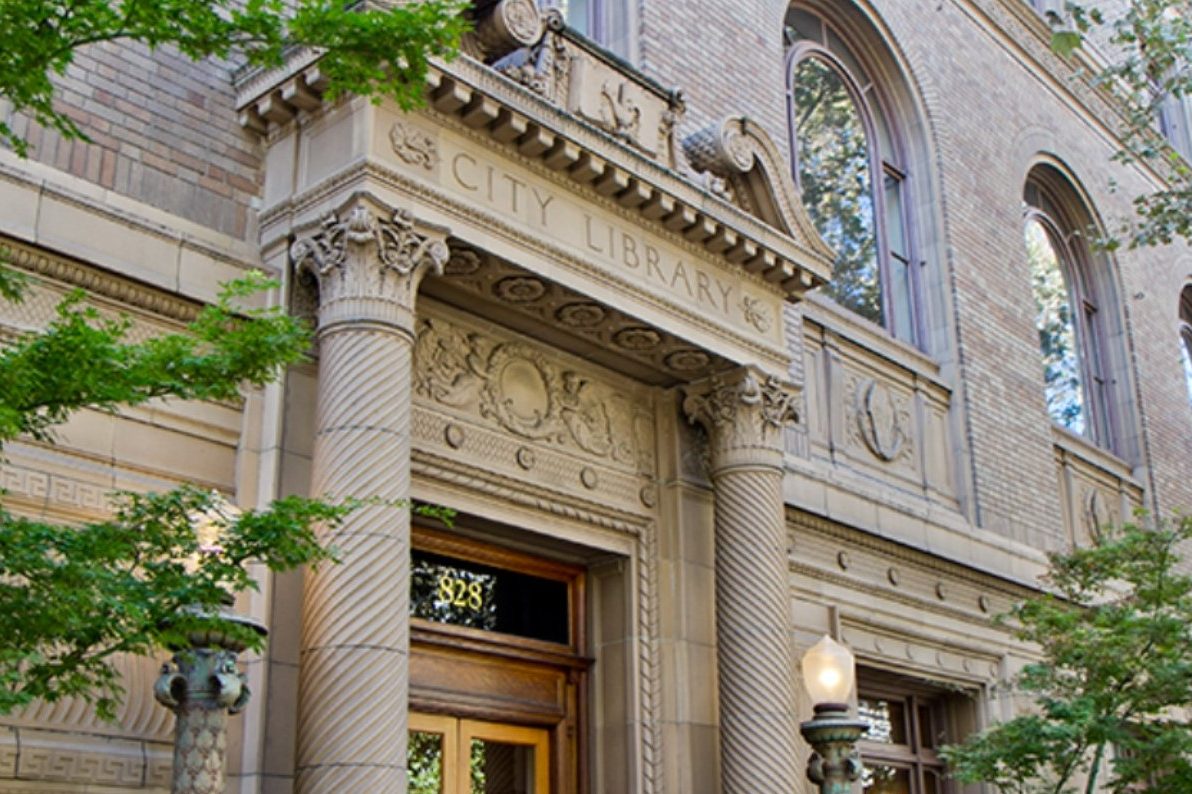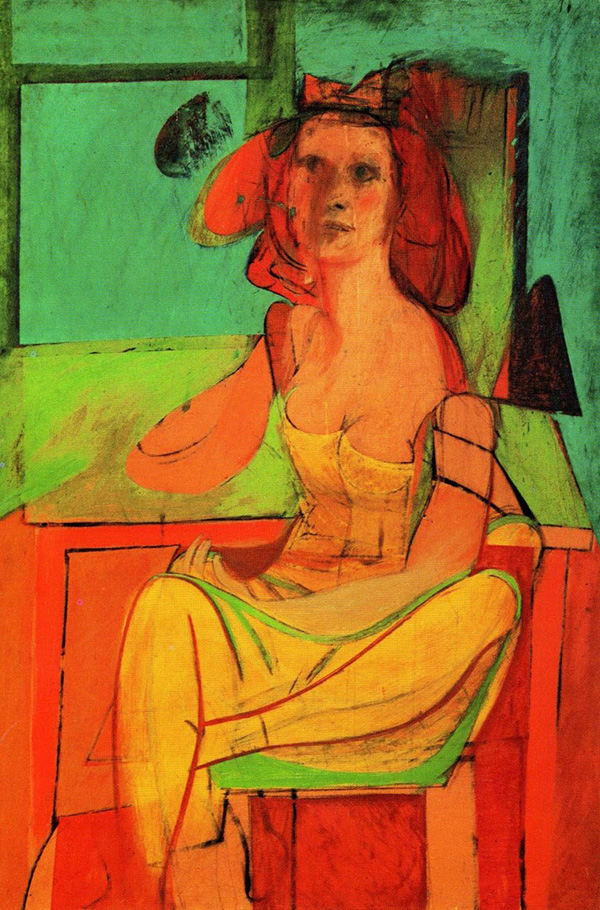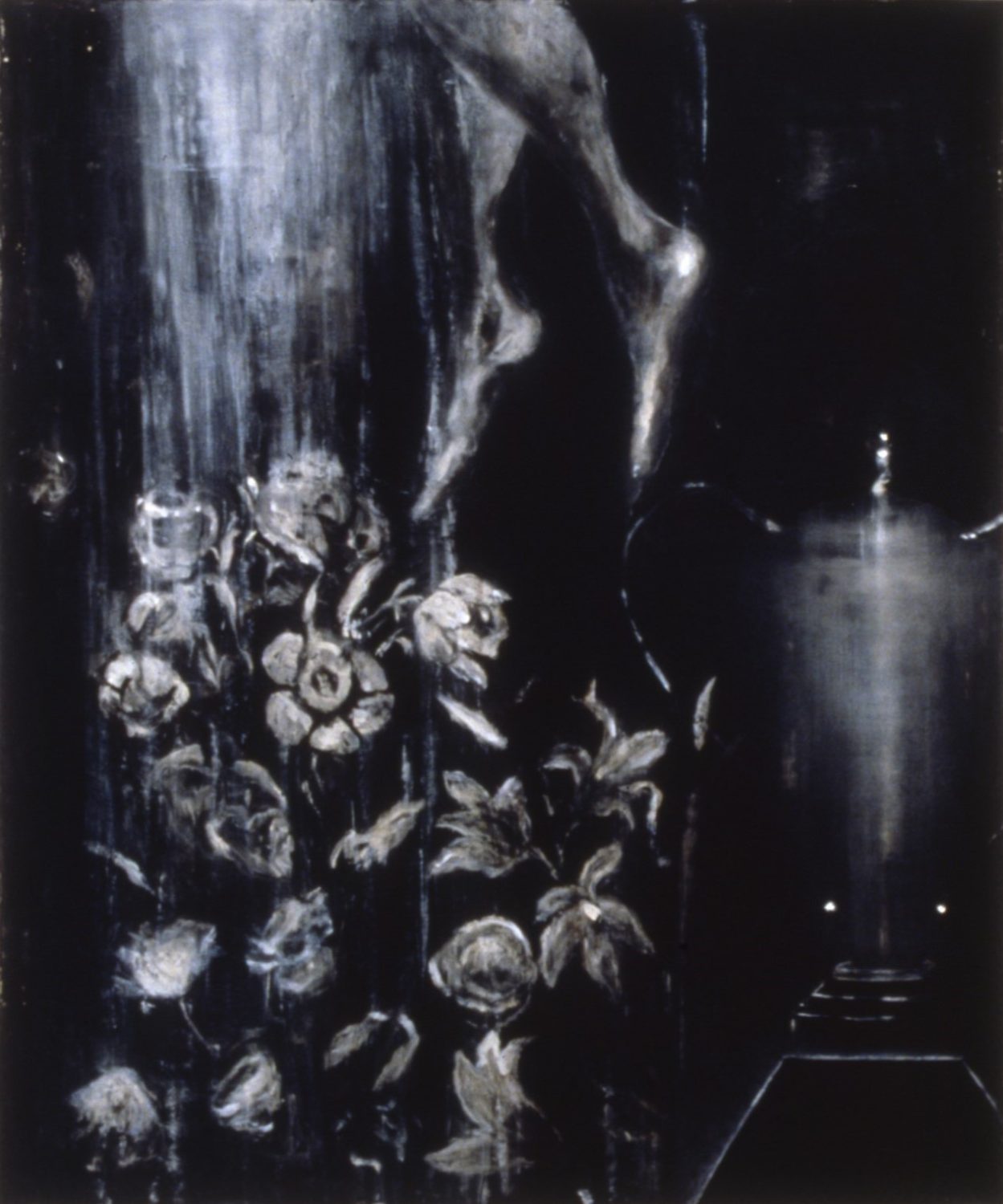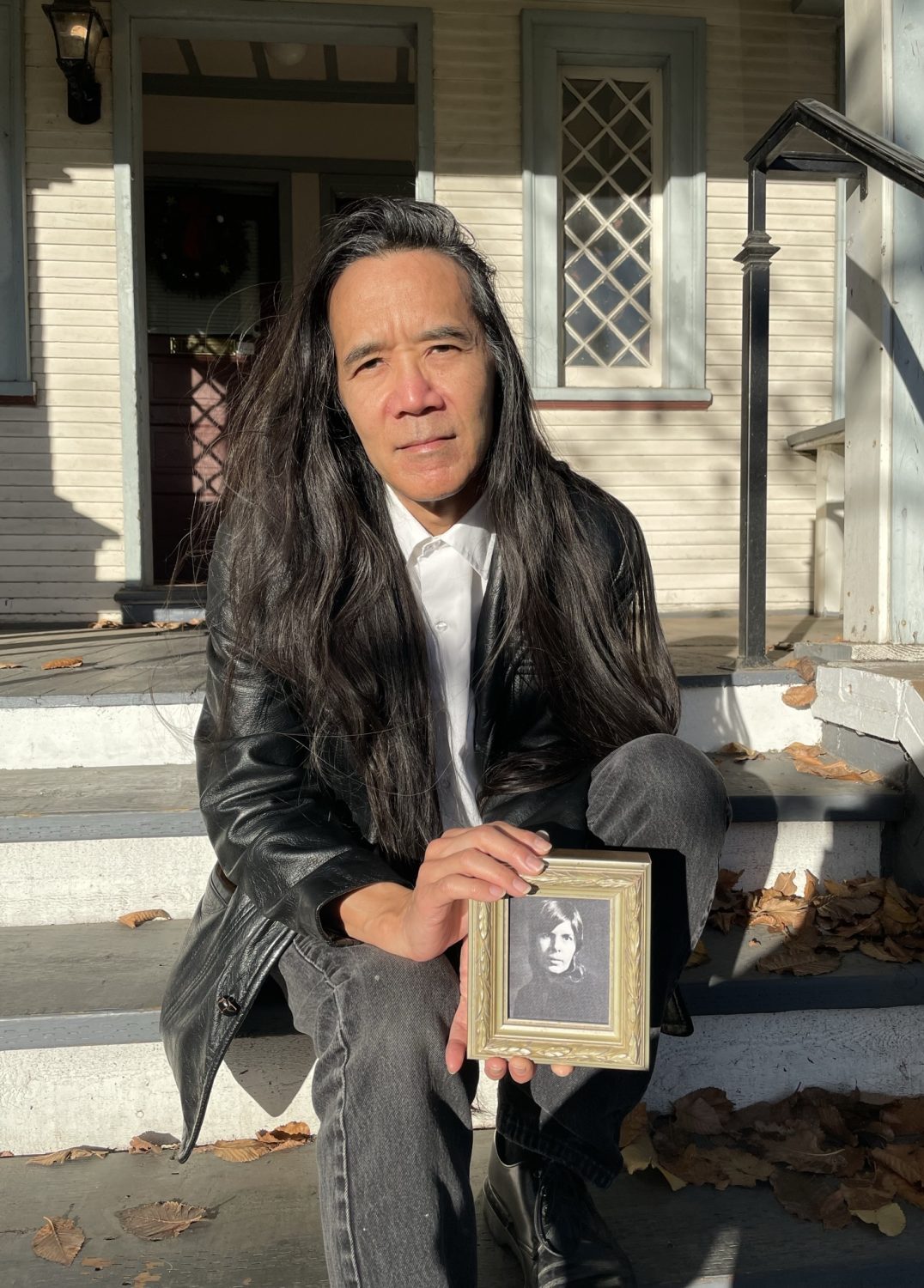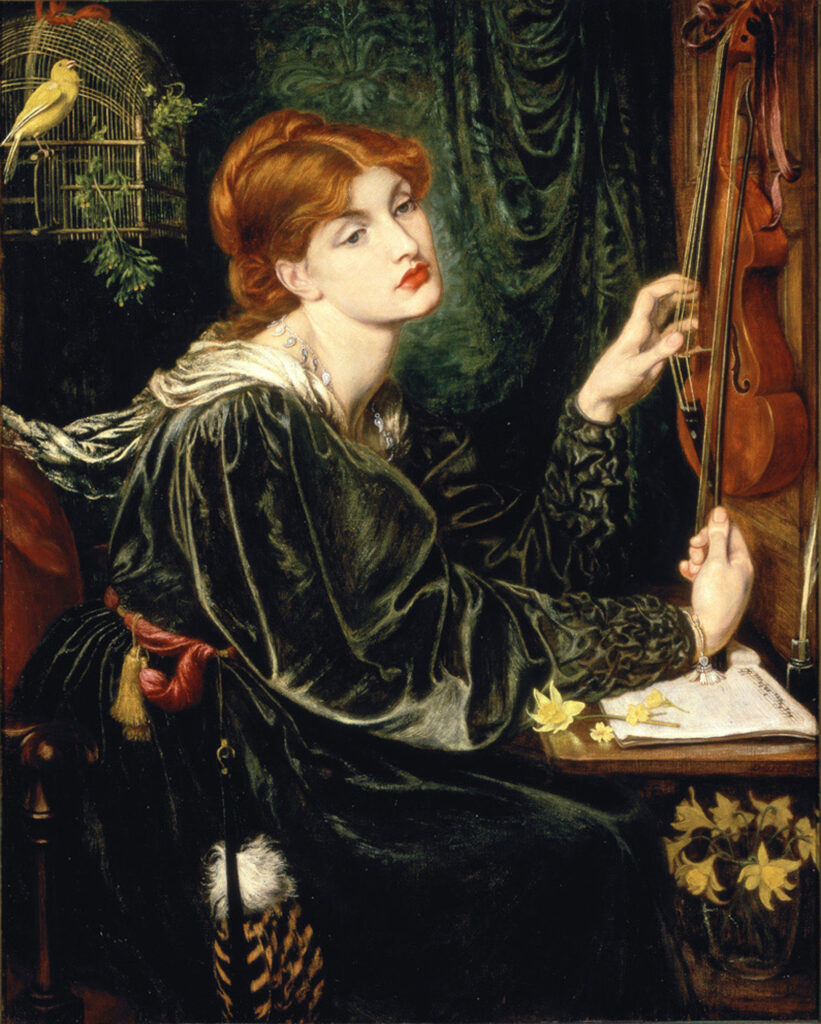A few days ago, October 1, marked five years that I have been posting monthly installments to this blog.1 The idea of writing a blog was suggested by my friend Michael as a way to keep this website, which he designed, active. I really hadn’t done much writing since high school – that was a long time ago – so I had my doubts I was even capable of producing a newspaper column-type piece of writing2 every few weeks. Despite my ambivalence, both Michael and my better half were encouraging, so I figured I would give it a whirl.
In an attempt to prepare for this undertaking, I searched for and read blogs about art, but was unable to find any that I could use as a template of sorts for what would keep me engaged and might be of interest to those who hold my work in some regard. Despite this, I did figure out fairly quickly what I wanted the blog to be, although it took a few months before I was able to find my footing.
Initially, I wrote about things I had recently experienced – exhibitions I’d just seen or other art-related activities in which I’d taken part – but less than six months in, COVID-19 reared its ugly head. In order to continue, I started to write for the most part about large retrospective shows I’d seen in the past. I have fairly good recall about such things, and often have very specific recollections of these exhibitions, but it certainly helps if I’d purchased a catalogue which I could use to jog my memory. For a few of the posts, I asked those who were there what they remember of the time. Since my first post-vaccine trip to the San Francisco Bay Area in the spring of 2022, which spawned two posts – about Alice Neel’s People Come First retrospective at the de Young and Paul McCartney’s Got Back Tour at the Oakland Arena – the blog has dealt with a combination of recent events and those from the past.
The scope of the blog has expanded a little over time – in addition to painting, I’ve also written about music, books, and movies. This was largely a result of my fear, which I continue to harbor, of running out of topics to write about. I still often feel I’m ill-equipped for the whole endeavor, but it has turned into something of which I’m actually proud.
All of which brings us to the present. This will be my last monthly entry for a while. Over the last few years, life has become increasingly complicated – I currently have neither the time nor the energy to keep up that schedule and I don’t foresee this situation changing in the near future. However, I’m not finished here; there are artists, some of whom have been favorites of mine since I was a teen – those whose work is so ingrained in me I can’t imagine who I would be had I never discovered them – that I have yet to write about. There are also plenty of artists with whom I have become familiar in the intervening decades – those whose work I love and is important to me, but hasn’t been an integral part of my consciousness for the majority of my life. I will continue to post on an intermittent basis and do hope to re-establish a regular timetable before too long. I have very much appreciated the feedback and comments I’ve received about specific posts and the blog in general, and I hope everyone will check back occasionally and continue to read my ramblings. Thanks.
“My brain hurt like a warehouse, it had no room to spare…” – David Bowie, “Five Years”
1 In that time I’ve only missed my schedule once.
2 I grew up reading newspaper columns, back when there were such things. Back when there were newspapers. Mike Royko was my favorite.
